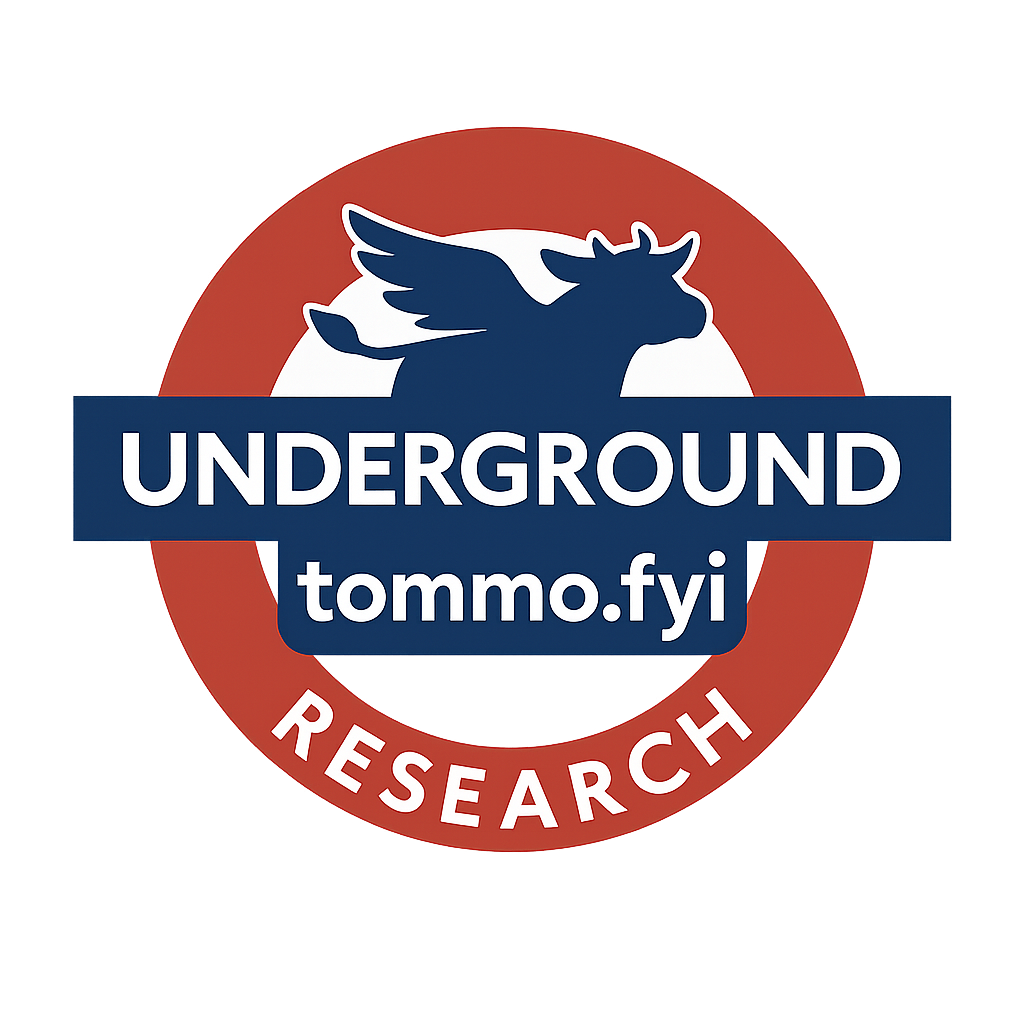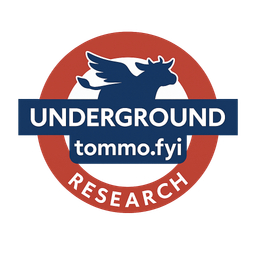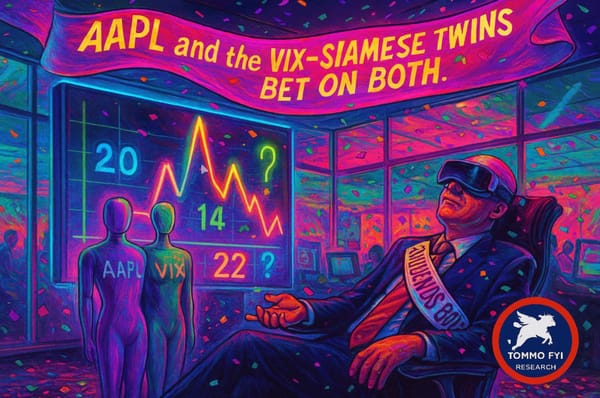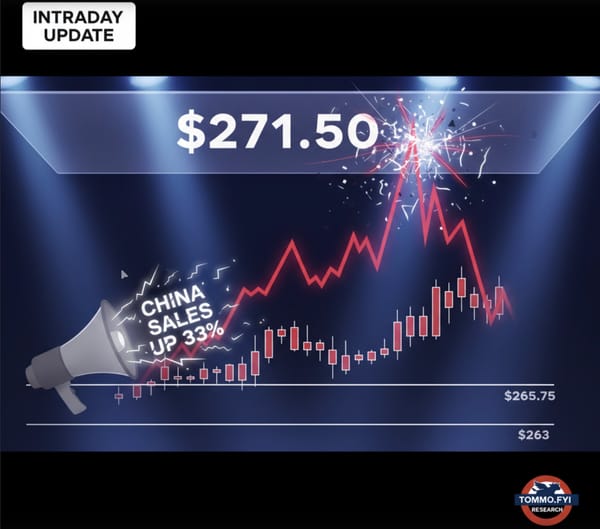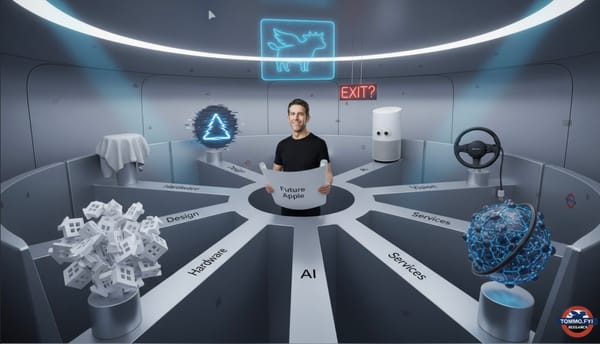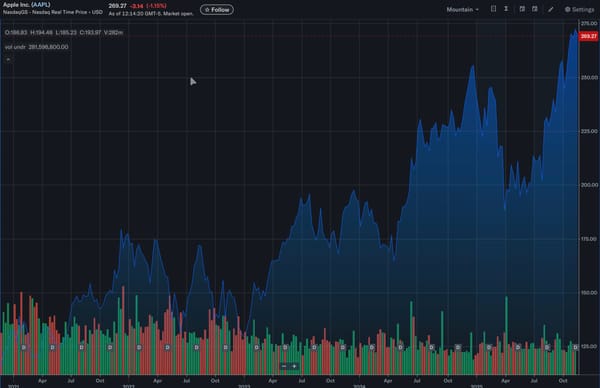Apple’s Next Lap is “Risky Business” - Can It Turn Formula One and AI Into a Winning Strategy?
Can Apple make money from Formula One and AI where everyone else has failed? The sport burns billions chasing speed; AI burns billions chasing sense. If Apple can fuse the two - engineering precision with machine intuition - it might just turn spectacle into strategy, and risk into dominance.
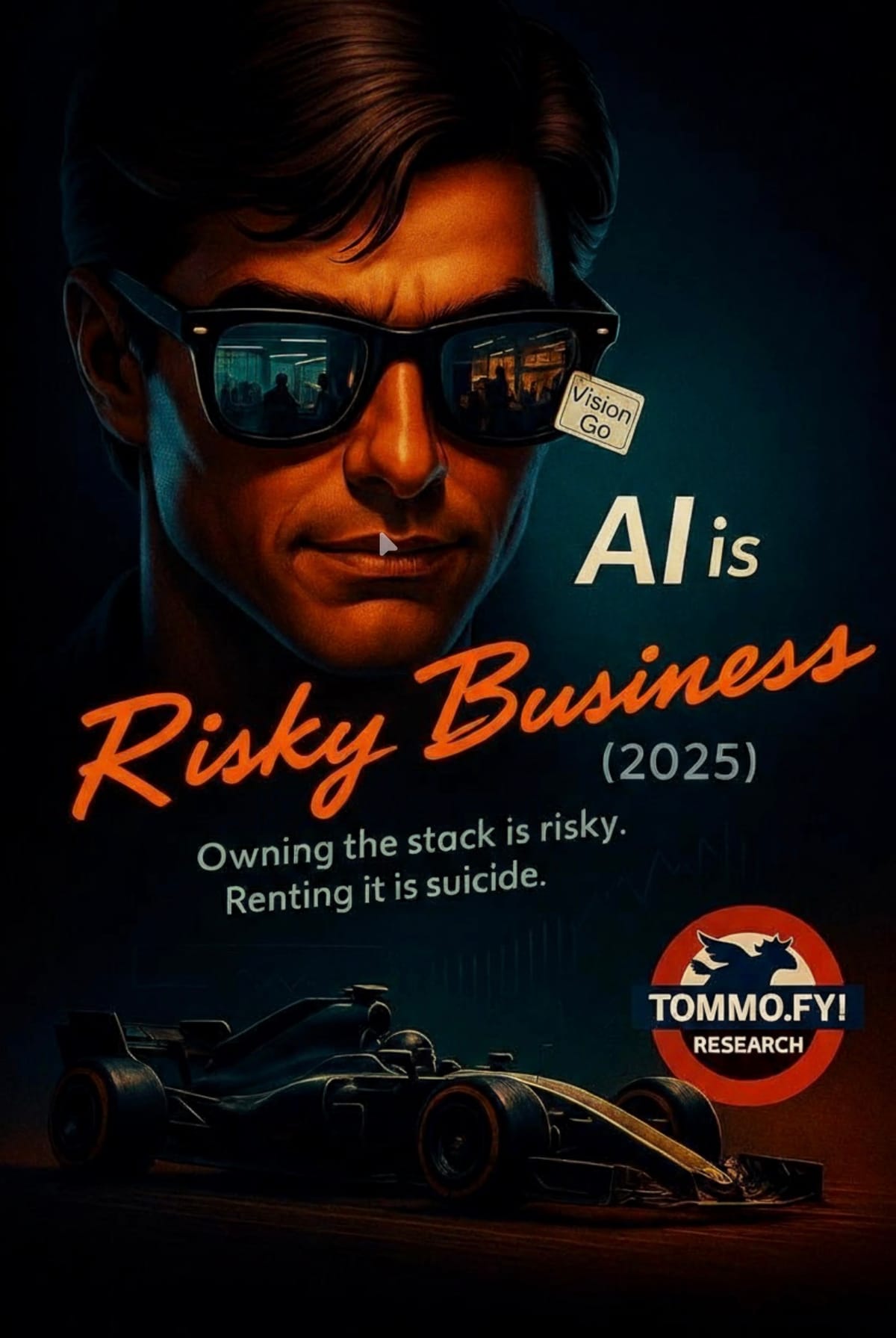
AAPL leaps from its Friday $245 low to almost $253 at the close as the rubber literally hit the road.

The much delayed announcement (pre-announced in June by me at the reveal of Apple’s F1: The Movie), of a US Formula One broadcasting rights deal is finally out there. But while F1 cars are insanely fast, the sport offers as little ROI if any as this deal will, in monetary terms rather than exposure, do for Apple. For image and for the future of AppleTV though, the deal is priceless and extends Apple’s stream exclusivity and prestige status of quality over quantity.
Sadly F1 has forced more millionaires sell their Aston Martins than an Aston Martin has managed to stay out of the repair shop for more than 28 days. Kudos 100% for this prestige move and a feather for AppleTV, but that’s the only ROI.

There‘a a saying in Formula One - “what’s the fastest way to become a millionaire? Start out as a billionaire and buy a Formula One team.
- First, a snarky swipe at the price action this week
- Second, a teaser about Sunday’s upcoming piece, and how and why I still think AAPL coils hit $400 for Q4 2027 (with an increasingly narrowing window almost over) if it finally, commits, to going all-in, on one thing: dominating, not playing well with others, in AI.
So skip the first part if you don’t want to read my take-down of today’s action, and hit part two further down.
Friday: a rise of $8 on the “news” Apple’s long-predicted US-only F1 deal is happening (and rumours of iPhone sales)?
As a an F1 fan since childhood and having driven several circuits myself (including Monaco, but not - obviously - in an F1 race) colour me really happy because current broadcasting coverage of F1 is antiquated.
I have every confidence Apple’s will be groundbreaking (without needing a $4000 AVP headset to watch), and I’m stoked on the news, But it wasn’t worth an $8 rise. Formula One is normally the kiss of death for investors, not a staircase to heaven.

Apple paid $140M for the US rights to broadcast Formula One. I wish they had the UK rights.
But let’s not be churlish or ignore the canary in the coal mine for Apple, that it can’t even keep its newly appointed and promoted head of the “Siri Answering Machine Project” (allegedly due in March, but let’s say May, to be safe now).
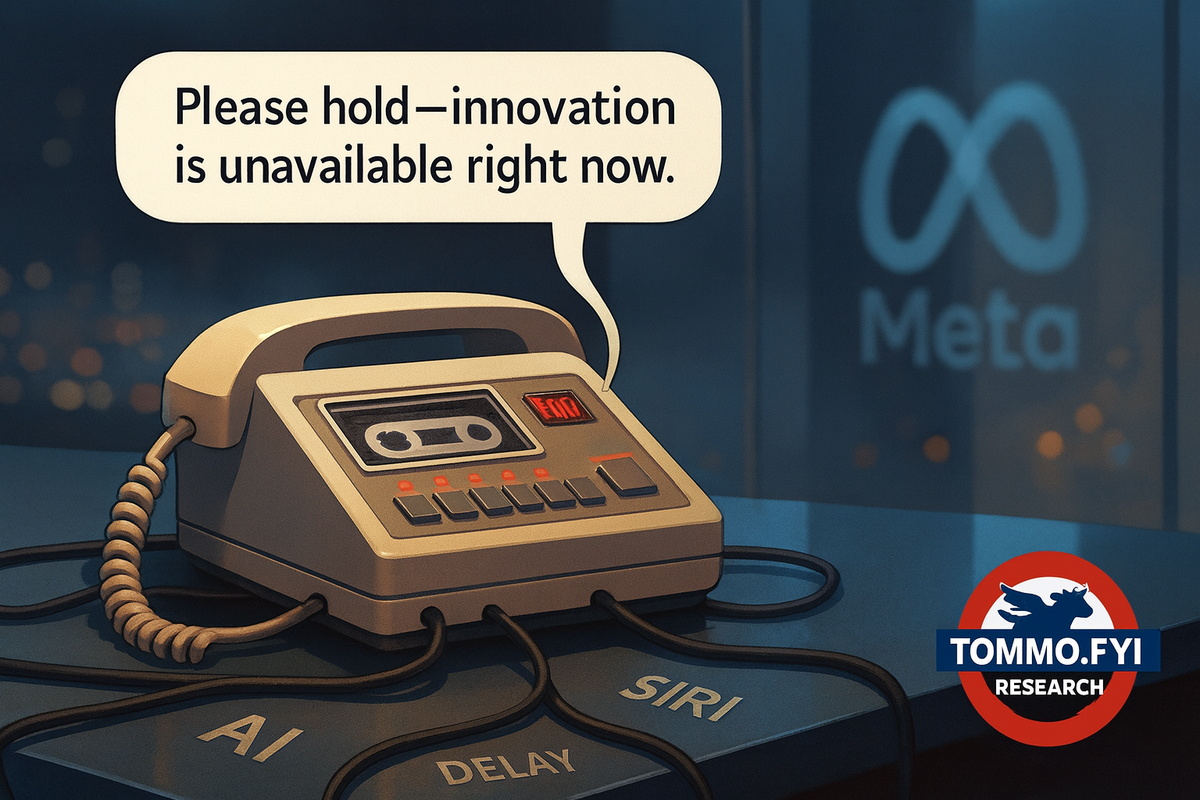
But from a financial POV? F1 is Irrelevant. It’s certainly a win for AppleTV though.
What we’re seeing is pure narrative premium reflex, not rational valuation logic. Not $8. But for the sake of peace in the valley, shall we blame:
- the notorious ”blackout period” (which actually doesn’t apply to Apple, really,
- “nefarious options traders,” or even,
- “Apple disallowed buybacks,” (which also isn’t strictly true either).
Except AAPL trade up $8 from its low, not down, which blows a bit of a hole in options traders, buybacks, or news blackouts argument - the favourite forum whipping boys for any Apple fall on a Friday - that they ever have anything to do with AAPL’s real price action. Just thought I’d throw that in, for people who still believe in the boogeyman.
The real point is this:
Or, in a new term I’m coining because I’m bored of the “hopium” term I first rolled out in 2005:
“Vapium” ~ the gaseous phase of hopium before it condenses into tears ~
Gen-Z gets “Vapium” - they’ve been smoking it since the age of twelve.

(I promise this get’s less snarky later.)
Back to the future though, because “Vapour Cooling” stories and jokes are, I admit, so “September.”
Let’s break the mechanics:
- The F1 “deal” it’s one market (U.S.), for one broadcast category, beginning next season. It adds maybe $150–200m in rights exposure in 2026 at best — a rounding error against $380 billion in annual revenue. It’s not transformative; it’s theatre. But to the market, it sounds like “Apple enters live sports streaming,” and that’s all the algo headline parsers need.
- AVP relaunch = déjà flop.
Rebadging the same Vision Pro with an M5 chip and a $3,499 sticker is the equivalent of painting the Titanic a new colour mid-sinking. The problem isn’t silicon — it’s demand. The addressable market is still sub-niche, and they’ve added zero new content pipeline or price elasticity. They’re keeping it on bare minimum life support hoping Apple AI is finished (the AVP was always intended to use and need it, and AI’s delays effectively hobbled the AVP from launch) in time for a proper evolutionary new model can be launched in time for next season’s 2026 races - but not, I think, relying on hardware 3 years old with an updated CPU. This is just Gen 1.5. As usual with an Apple product, wait for Gen 2 or Gen 3. - AI leadership exodus.
Ke Yang, Robby Walker, Ruoming Pang (and many many more) gone. Siri’s “AKI” team hollowed out. AI data centre head - gone. Every serious AI scientist knows Apple’s internal walls are impenetrable; the company’s culture of secrecy and polish kills experimentation speed And personal ambition. - Future pipeline ≠ near-term catalyst.
A foldable iPhone rumoured for late 2026 and a robot arm for 2027 are R&D curiosities, not valuation events. The time horizon for monetisation is years, yet the stock trades like a hyper-growth platform company And I wouldn’t count on a year-out foldable at about $2500 to be a needle mover, even if it is desirable as hell. - The iPhone Air - questions: Samsung just discontinued their “thin phone” competitor after poor take-up and sales after initial enthusiasm. I think Apple will have to get rid of the plateau and do something truly revolutionary with this device before it’s more than a place marker for something truly remarkable to raise its flag and deserve the ”Air” monicker.
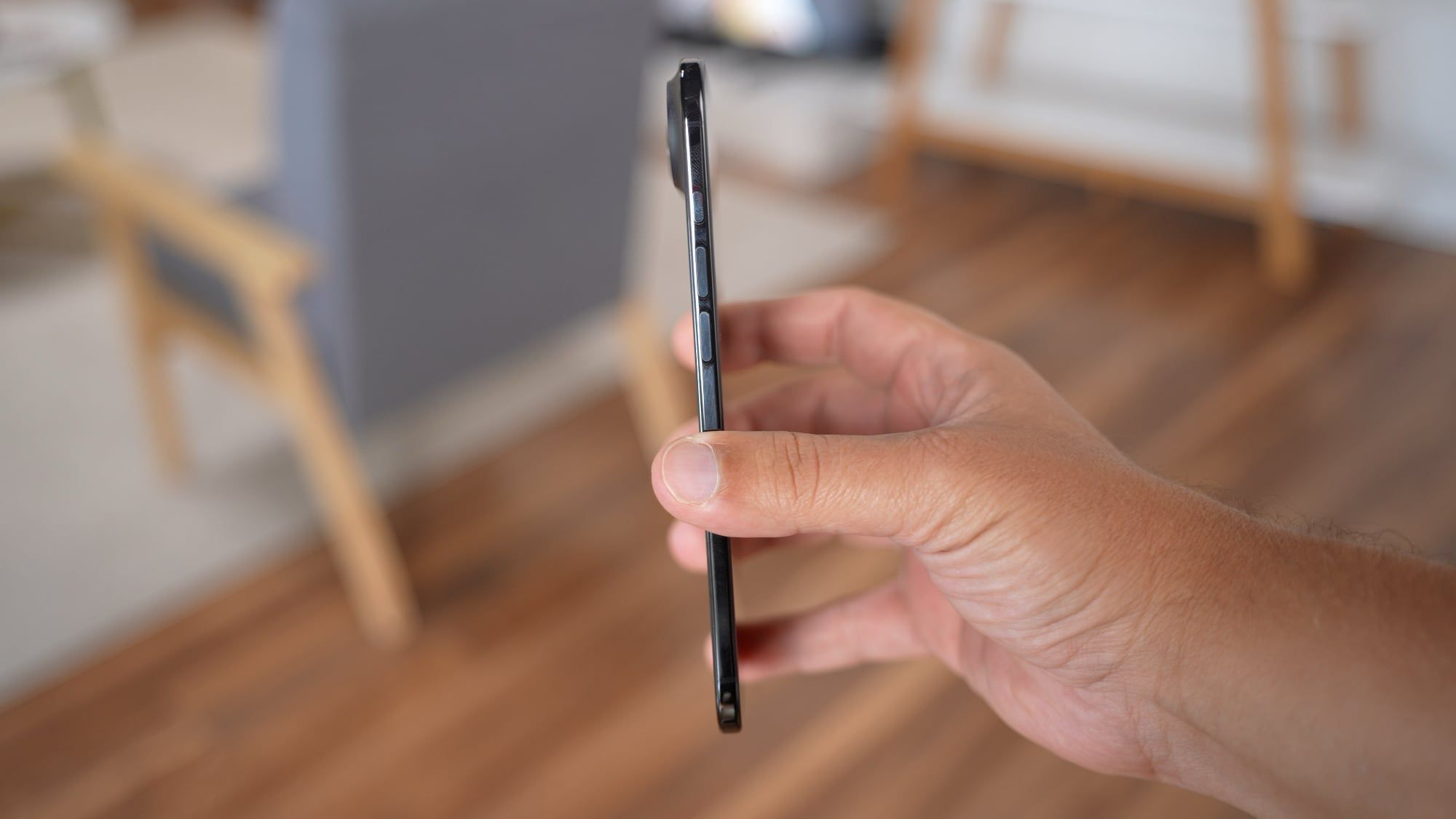
Take “rumour” for what it is, but is Apple’s “Air” going to follow Samsung into EOL status?
- China sales of iPhone Air begin: Apple announced the iPhone Air would be available in China, a month late due to regulatory issues Apple should have cleared before the launch. Tim Cook is currently acting as a travelling salesman in China, its second biggest market outside the US, to promote sales. Given the month backlog of demand due to it unavailability to pre-orders, strong orders for it on Day One, are hardly surprising, surely?
So yes: I believe the $8 bounce is traders buying the illusion of relevance:
“Apple has news again,” a bit like last week, and the week before, of roller coaster rides of whispers of delivery lead times and qual data masquerading as fact.
It’s a dopamine rally, not an earnings re-rate.
The market is rewarding the idea of motion after six months - arguably three years - of drift, even if the motion is lateral. Q4 earnings are coming up, and with Chinese government subsidies.
If that can’t raise sales comp to the flop of the iPhone 16 last year (personally, I wish I’d kept my 15 Pro Max now and hadn’t bothered, given AI is MIA), then nothing will.
My metric? Anything less than a 15% beat is a total fail given the tailwinds these huge subsidies boost iPhone sales by, which just weren’t there last year.
That makes the much ballyhoo‘d 10-15% sales increase really in objective terms, not so much a roaring success as a demonstration Apple can still snatch a finish from the jaws of defeat. Which is no bad thing, but still deserves to be viewed in context: an avoidance of iterative failure, which the 16 was rather than a roaring success or super-cycle.
When you strip it back, Apple’s multiple today isn’t priced on fundamentals or innovation.
It’s priced on the fear of missing the next comeback. And that, right now, is the most expensive emotion on Wall Street which has decided for some obscure reason that AI doesn’t matter to Apple device users, and Apple has “time to get it right.”
Meanwhile, on Apple’s 1.5B famed “installed user base,” 1B installed GPT users are running ChatGPT (the most downloaded App in history and growing at over 100M/month).
In other words:
That’s my rant over with about “Vapour Chamber“ emissions elevating AAPL quicker than helium might.
Now, for something more positive in the second half of this article. I promise I do have a flip side to my critique next.
You can only take apart what you understand, and Apple’s flaws are only visible because its potential remains extraordinary. The same culture that built its moat can still rebuild it if it remembers why it started digging.
For this Sunday, in spite of my ongoing “fed up-ness with Apple,” I am trailing a positive Because here’s the twist, and the reason I’m still not ready to write Apple off yet.
This weekend’s piece will look at how Apple can still turn this from stall to strategy. Because despite the exodus of top AI, robotics and data-centre minds in just 3 months, the deeper story isn’t just money or headhunting, but culture (sadly, what I’ve called an “Apple Corporate“ mentality since about 2019-2021 which slowly but surely hollowed out and replaced the famed esprit de corps mentality of “just getting it done” which survived the passing of Steve Jobs for almost a decade until - arguably - the “working from home” culture during COVID drove that out, as a frantic Tim Cook had to force staff to return to the office again under threats of sacking stay at home entitled wannabes, post-Covid, as teams fractured and morale imploded, stalling long planned projects in the process.
But as I wrote at the time, things were never the same afterwards.
Culture has always been Apple’s greatest weapon and its most dangerous blind spot - an observation I’ve been writing about with increasing alarm backed up by outcomes since about 2021, not least over on Apple 3.0 where I used to contribute regularly.
At Cupertino, polish still beats publication. Steve Jobs would be going insane at the shipping delays, shelved and delayed projects, and having of accountability.
Control still beats curiosity at Apple, and independent thinking is frowned on let alone independent ambition and a want to be recognised. And that’s exactly why so many of its best engineers are drifting toward environments where visibility, iteration, and intellectual-ownership aren’t treated like internal security breaches.
They’re leaving not just because they’re paid more but because they’re allowed to matter more elsewhere, and anyone who criticises engineers who leave to be “Meta shills who don’t deserve to be at Apple,” just because on top of their salary offers, they want their work to be recognised as theirs and not have to hide under a bunker while they’re in full hyperfocus dev mode, just doesn’t understand that:
Engineers want to build things, and nothing gets in the way of finishing a build, than constant demands for design changes, and interference from a ”Technocratic Corporate-ochracy”
(I made that phrase up but you get the idea).
What Sunday’s article will dig deep into:
What I’ll unpack on Sunday is why this talent friction isn’t some Silicon Valley rite of passage but a strategic alarm bell for a company that now has more of its future hardware reliant on AI than any other.
- Apple’s teams are (relatively speaking) small and segmented.
- Their remit is enormous.
- And while competitors are signing billion-dollar government, cloud, and defence contracts,
- Apple is still the only player trying to fund the next paradigm shift on retail margins and a loyalty programme.
- It is pinning its hopes for margin growth and earnings in the meantime not on hardware, but financial services and AppleCare insurance sales to see it through its shareholder turmoil.
Yet the paradox is that Apple could still pull it off.
And spectacularly - if it rediscovers the courage to own the stack again.
Not by plugging into everyone else’s intelligence layer, the way it’s now de-rigeur to talk about, but by building the architecture that others eventually have to plug into, as it once planned, but has repeatedly, since Siri’s acquisition in 2011, pulled the plug on.
See article below if you want the full unvarnished real history of Apple’s AI disaster, 15 years in the making.
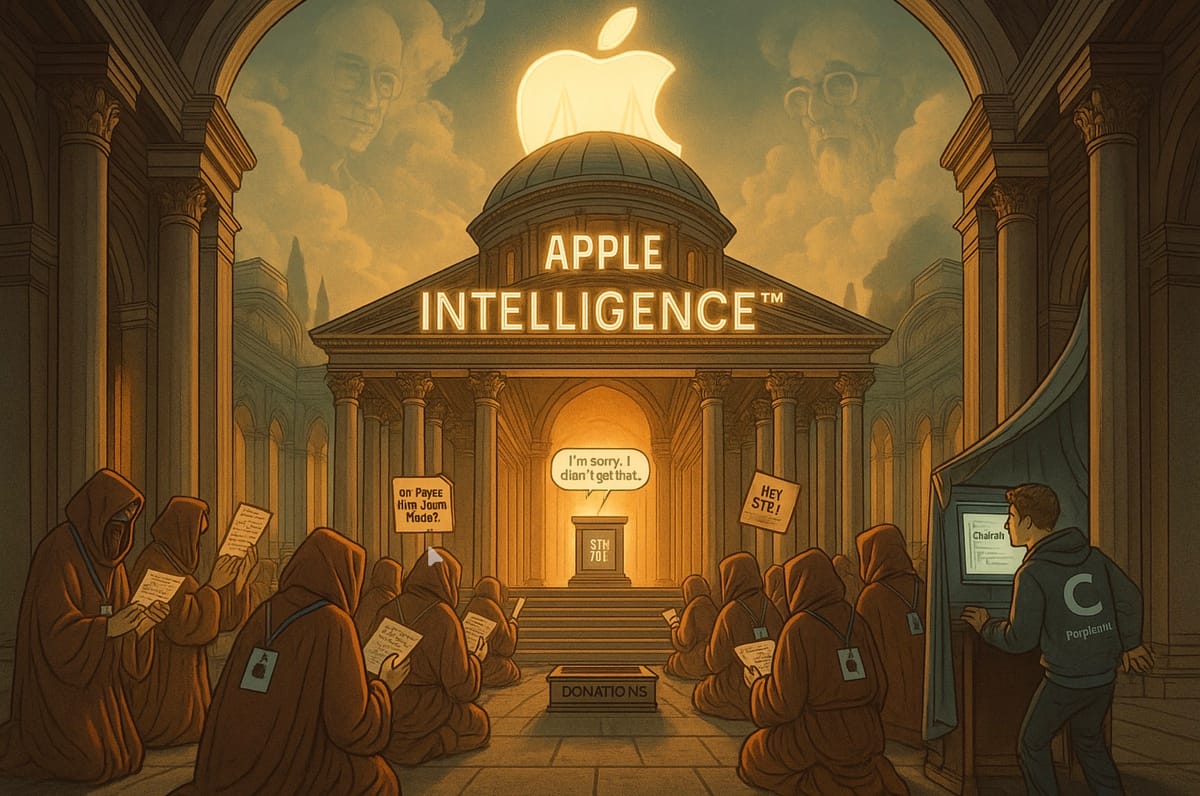
If Apple wants to dominate the next decade, it can’t just “use” AI.
It has to define it — as a platform, as a philosophy, as simple to understand as “One More Thing” used to be, and as a product experience that makes every other interface feel like legacy tech. Without calling it something inane and meaningless like ”spatial computing” to a market beyond rich geeks, who couldn’t care less.
That would be the Jobsian move:
the seven-year play that reshaped entire industries before anyone else realised they’d been annexed.
Because the truth is simple:
The first company to make AI feel as natural and native as touch did in 2007, wins the next twenty years. Right now, that’s not Apple.
Apple has the reach, the hardware, the trust, and the design DNA to do it. What it lacks right now is momentum and the humility to let its smartest people run without senior management going cold turkey and closing projects down out of fears of their own shadows, which has been the trend in Apple’s AI pursuits since 2011.
So that’s what Sunday’s piece will explore:
How Apple lost that rhythm, what it can still build if it gets it back, and why the next two years aren’t just a test of product cycles, but of nerve, and rediscovering and raising the Skull & Crossbones over their campus and behave like pirates again, instead of stilted bureaucrats behaving like Chinese politburo waxworks.
Because, as Tom Cruise 1980’s debut mainstream was titled - and this time it really applies - for Apple, this is “Risky Business” - and like Tom Cruise’s character in that 80’s classic, just being the pool-boy isn’t ambitious enough for a company with Apple’s assets.
Exasperated? Remember, criticism isn’t cynicism. It’s care for what Apple once did best: surprise us.
— Tommo_UK, London. Friday 17th October 2025.
Like your news RSS style? Add:
https://tommo-fyi.ghost.io/rss/ to your RSS Feed for TOMMO.FYI straight from the source, but keep your newsletter subscription if you want want the additional benefits and push-notification intraday updates coming soon.
X: @tommo_uk | Linkedin: Tommo UK
